#18: World of Wonder
In which the author shares some Carl Sagan facts, and a few things learned about writing stories.
Welcome to Part 3 in my impromptu storytelling in science series! Need to catch up?
Part 1 examined the case for using stories to share your science;
Part 2 reviewed the words we use in creating our stories, advocating for clearer, “plain“ language.
When my grade 9 science teacher wanted us to understand the vastness of the universe, he wheeled out an aged TV on a cart.1 An experienced instructor, he knew that bullet point notes on a chalkboard2 was a complete snooze to disinterested teens. So he placed us in the presence of a master of scientific narrative instead.
Now, when Dr. Carl Sagan, professor of astronomy at Cornell University, spoke in the language of science to other scientists, he did use the dispassionate prose of the academy.3 In addition to technical words and jargon specific to an area of science, writing “just the facts” - what we know, what we did for our experiment, and what we found - is trained into all researchers in the physical and social sciences. The unbiased, third-person prose of science has a specific purpose: to offer an accounting of the work done without bias and emotion, so that it can stand in the harsh light of day and receive the necessary scrutiny from other scientists. This determines the quality of the work.
The problem with writing about science this way is that it is based on the assumption we learn by brute force. That is, if we force-feed people the evidence from studies for long enough, they will simply be convinced that what is presented is important and worth considering.
However, just sharing evidence is not enough most times to convince your audience. And after that much time, money, and effort into doing the research, it’s a damn shame if it doesn’t resonate with a wider audience.
But the man who became the face of science for hundreds of millions around the world knew that how he shared science mattered. Rather than seeing it as an “either/or” scenario, he knew that the use of narrative had a place in science for the right audience.
Carl Sagan clearly had a gift for science narratives, but how can we learn to write and share more compelling stories? Alas, this is my current Big Question. So I don’t have definitive answers, but I continue to gather tools to try and learn (including this blog). It’s here that I’d like to share one of these with you.
Come On In, The Water’s Fine
It was by chance that I picked up a book on storytelling last year. I am very random in my book selections, depending on the current mood and what I just read before. I absolutely will be drawn into borrowing or buying a book based on the graphic design of the cover. All that to say, when it came to George Saunders’ book, A Swim in a Pond in the Rain, I don’t recall why I picked it up, or even thinking consciously that I wanted to begin more actively improving my writing.
Interspersed with the short stories are marvelous insights into the way each master author uses words to paint a scene.4 It’s a great read for both the stories and the education after each tale, but three lessons in particular have resonated with me as I explore storytelling in science.
“It’s a Story, Not a Webcam.” You want to describe only the important points. Think about why you need to introduce a particular person into this story. Does it matter that the scientist had a teacher in grade 9 that shared his love of Carl Sagan? For the purposes of your writing, and the idea that you want to share with the reader, will this information “alter, complicate, or deepen things”? If it doesn’t, then get rid of it.
Always Be Escalating. The words are important if they move the reader through the story. Using a science analogy, think of a story as “…a system for the transfer of energy. Energy, hopefully, gets made in the early pages and the trick, in the later pages, is to use that energy.” You need to write so that it’s clear to the reader that X was important for Y to happen.
Be Ruthlessly Efficient. Ask yourself if the paragraphs you have written use the energy you’ve create and move the story along in a meaningful way. Between this and using plain language, it might appear that you need to write about science in a halting prose. Yet the stories that Saunders shares demonstrate well that you can still describe a person, a scene, or an idea in detail if there’s a purpose to those words.
The points above may seem especially daunting to those in the sciences, but I think we forget that we already know how to do some of this work. In longer works like dissertations, the requirement is that you demonstrate an expansive knowledge and understanding of an area. When you then go to prepare a talk or an article based on this work, you never include all that information. Instead, you pick and choose what’s important to move the reader along.
Incorporating Saunders’ guidance into my process, I start by writing with abandon. Once all the ideas are on paper or screen, then I’ll get ruthless and edit out what doesn’t serve the narrative, asking myself: How does including this piece of information add to the story I’m building? Does it cause something else to happen? What’s the purpose of this character or another? Have I reverted back to webcam mode and not story mode? Do I need more coffee?5
It’s a Kind of Magic.
For many who pursue science education beyond these early classrooms, we are forced to give up stories and wonder in favour of sharing science in tightly-written sentences on the narrow lines of black and blue lab books. Somehow, this is a demonstration of our validity as scientists - a criticism that even Dr. Sagan could not escape. While science generally holds him up in reverence for his storytelling talents, it wasn’t always the case during his lifetime. He was denied tenure track at Harvard (?!), and was refused a nomination to the National Academy of Sciences, on the grounds of not being a serious enough scientist.
While I cannot evaluate the strength of his astronomy work, I would argue that he was so serious as a scientist that he recognized the need to make it not just more accessible, but also more appreciated.
He showed us just how wonderful a world it is.
And right there, I have placed myself within a sliver of beautiful, grungy time.
The OG smartboard.
For example, this paper on the evolution of surface temperatures and atmospheres on Earth and Mars.
Plus, the stories were a great way of introducing me to a group of authors I would otherwise not have experienced.
Always.

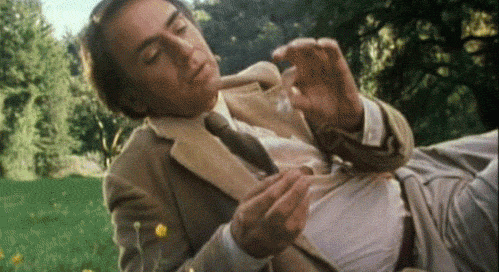



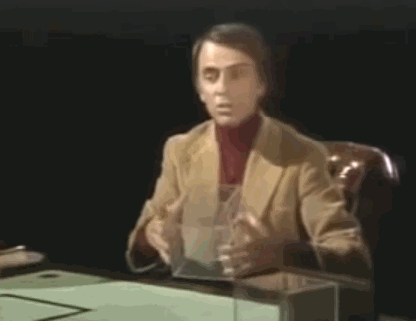
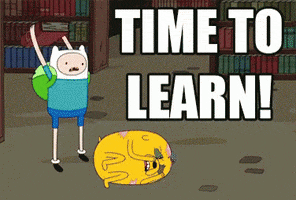
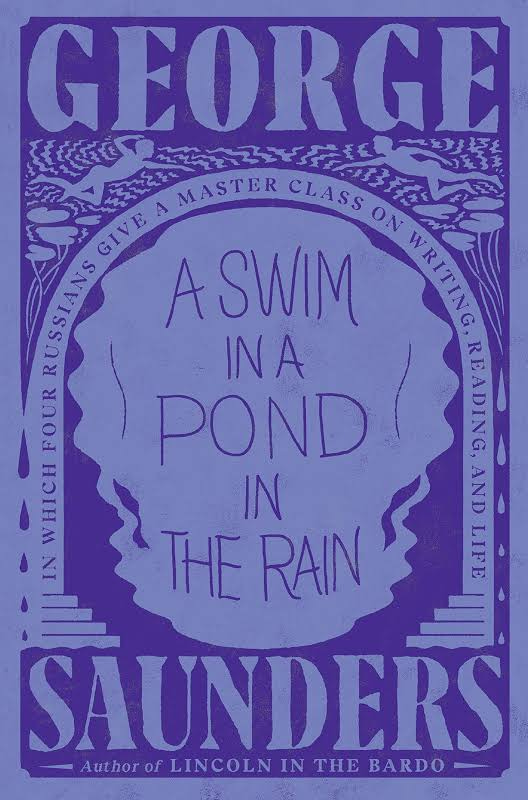
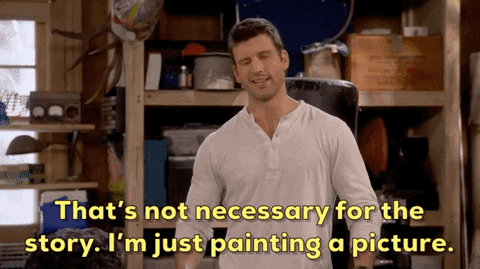

Science was my favorite subject as a kid, but very few teachers took the time to reach out to the impoverished kids in my school district. I wish that I could take your work back in time. It's what I needed back in the 70's.
Great article Bryn, you may enjoy this post on sharing information in the energy sector: https://www.uottawa.ca/positive-energy/news/how-scientists-engineers-can-share-information-help-build-public-support-canadas-path-net-zero#